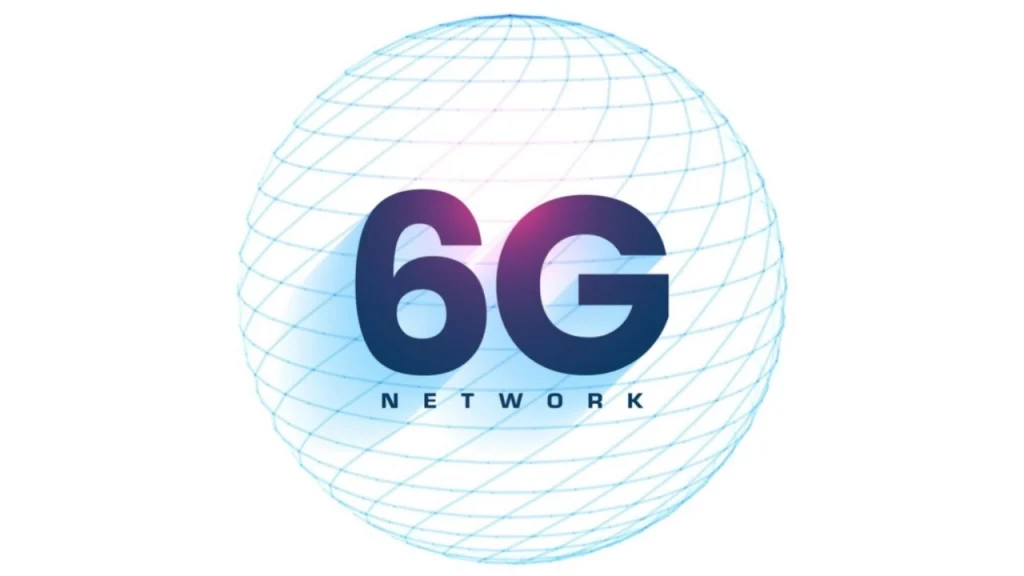- Verizon launches a 6G initiative in partnership with Samsung, Nokia, Meta and Qualcomm to establish foundational technologies and standards.
- The effort aims to advance ultra-high speeds, ultra-low latency and AI-native connectivity for future wireless experiences.
What happened: Verizon initiates 6G development
Verizon has officially announced the launch of its 6G initiative, marking its first major step beyond 5G to pioneer next-generation wireless communication. The company is collaborating with leading technology partners including Samsung, Nokia, Meta, and Qualcomm to develop foundational technologies, standards, and use cases for 6G.
Verizon intends to explore new spectrum bands, advanced network architectures and AI-native features. As Joe Russo, EVP & President, Global Networks and Technology at Verizon, put it: “5G Advanced lays the foundation for the 6G future… whether that’s new wearables, AI experiences, or entirely new use cases we haven’t even thought of yet.” The initiative is not just theoretical: Verizon is committing to tangible research and development, lab work and coordination with global standards bodies such as 3GPP to align 6G specifications worldwide.
Also read:Sweden’s finest develop next-gen 6G power amplifiers
Also read:Europe’s telecom giants warn: 6G at risk without full access to upper 6 GHz band
Why it’s important
Verizon’s 6G initiative is timely because wireless demands are escalating rapidly. As AI, edge computing and immersive applications proliferate, networks will need much higher throughput, minimal latency and better intelligence. By jumping early, Verizon is positioning itself to lead in next-generation wireless technology rather than reacting later.
Partnerships with Samsung, Nokia, Meta and Qualcomm lend credibility and access to diverse expertise—from device design to radio systems to AI frameworks. This collaborative approach helps spread risk and accelerate development. Because 6G will likely rely on novel architectures and spectrum (for example, terahertz or mmWave bands), early coordination on standards is crucial to prevent fragmentation.
Verizon’s stance is optimistic and forward-looking: by committing resources now, it aims to guide innovation rather than play catch up. However, challenges remain. Whether global standardisation, device support, regulation or spectrum allocation, many hurdles stand between early research and mass deployment. Still, this initiative illustrates how major operators must innovate continuously to stay competitive. Verizon’s move may spur others to step up, catalysing a broader industry acceleration toward 6G capabilities.

